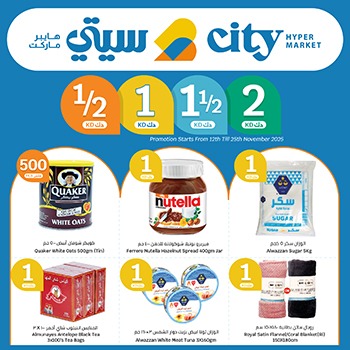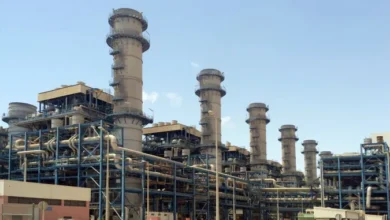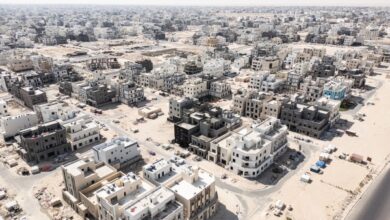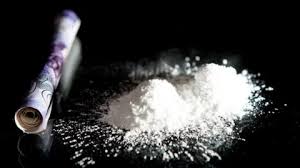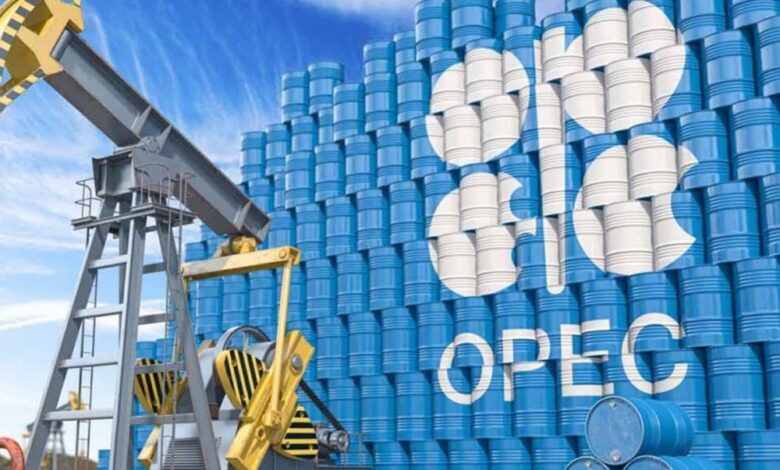
In a strategic shift that could reshape global oil supply, OPEC+ is moving toward approving a new production increase of approximately 550,000 barrels per day (bpd) for September, continuing the phased rollback of the 2.17 million bpd in voluntary cuts made by eight member states.
Well informed sources confirmed the group’s intent ahead of its scheduled August 3 meeting, as momentum builds toward normalizing production levels amid moderate prices and rising domestic demand in key producing nations.
The rollback began in April with a modest 138,000 bpd increase, followed by 411,000 bpd increases in May, June, and July.
In a surprise move, the group agreed on Saturday to raise output by 548,000 bpd for August, exceeding expectations and accelerating the return of barrels to the market. The September increase would continue that trend, with additional supply expected from the UAE, whose quota adjustment allows for an extra 300,000 bpd.
The phased return includes top producers such as Saudi Arabia, Russia, the UAE, Kuwait, Oman, Iraq, Kazakhstan, and Algeria. Analysts at RBC Capital say this gradual move would restore nearly 80% of the 2.2 million bpd voluntarily cut, although most of the restored supply to date has come from Saudi Arabia.
Despite these increases, analysts believe the oil market remains relatively tight, with UBS’s Giovanni Staunovo noting that current supply levels are still being absorbed without dramatic impacts on prices.
Oil prices dipped slightly following the production hike but remain relatively stable. On Monday Brent crude settled at $68.08 per barrel, down 22 cents and West Texas Intermediate (WTI) fell 37 cents to $66.63.
Analysts say concerns about U.S. tariffs and their potential to slow economic growth are tempering price movements, although a weaker dollar is offering some price support.
In a sign of confidence in global oil demand, Saudi Arabia raised its official selling price (OSP) for Arab Light crude to Asia in August to a four-month high of $2.20 per barrel above the Oman/Dubai average — $1 higher than July. Prices for crude exported to Europe also rose by $1.40 per barrel.
This decision reflects seasonal increases in Saudi domestic demand during summer months and growing interest from Chinese refiners, despite recent declines in their overall crude purchases. Goldman Sachs noted that this price hike, alongside output increases, underscores the Kingdom’s efforts to balance domestic energy needs while supporting global prices.
Goldman Sachs expects the full 2.2 million bpd in voluntary cuts to be reversed by September, forecasting that OPEC+ output from the eight key producers will climb by 1.67 million bpd between March and September, reaching 33.2 million bpd.
The bank maintained its price forecast for Brent crude at $59 per barrel in the fourth quarter of 2025, and $56 per barrel in 2026, citing stable global demand, Chinese consumption recovery, and constrained U.S. shale output.
On the refining front, Chinese refiners are grappling with an oversupply of jet fuel, with current supply exceeding demand by over 40%, according to Kpler data. This is compounded by slow recovery in international travel, growing reliance on high-speed rail, and improved fuel efficiency in aircraft. Refiners also face weak gasoline and diesel margins, making the broader downstream sector more vulnerable to demand shifts.
The OPEC+ alliance’s ongoing return to pre-cut production levels signals both market confidence and strategic recalibration, with members balancing domestic priorities, global pricing goals, and geopolitical considerations. As September approaches, all eyes will be on how the market absorbs the additional barrels—and how global demand trends evolve amid economic uncertainty.






